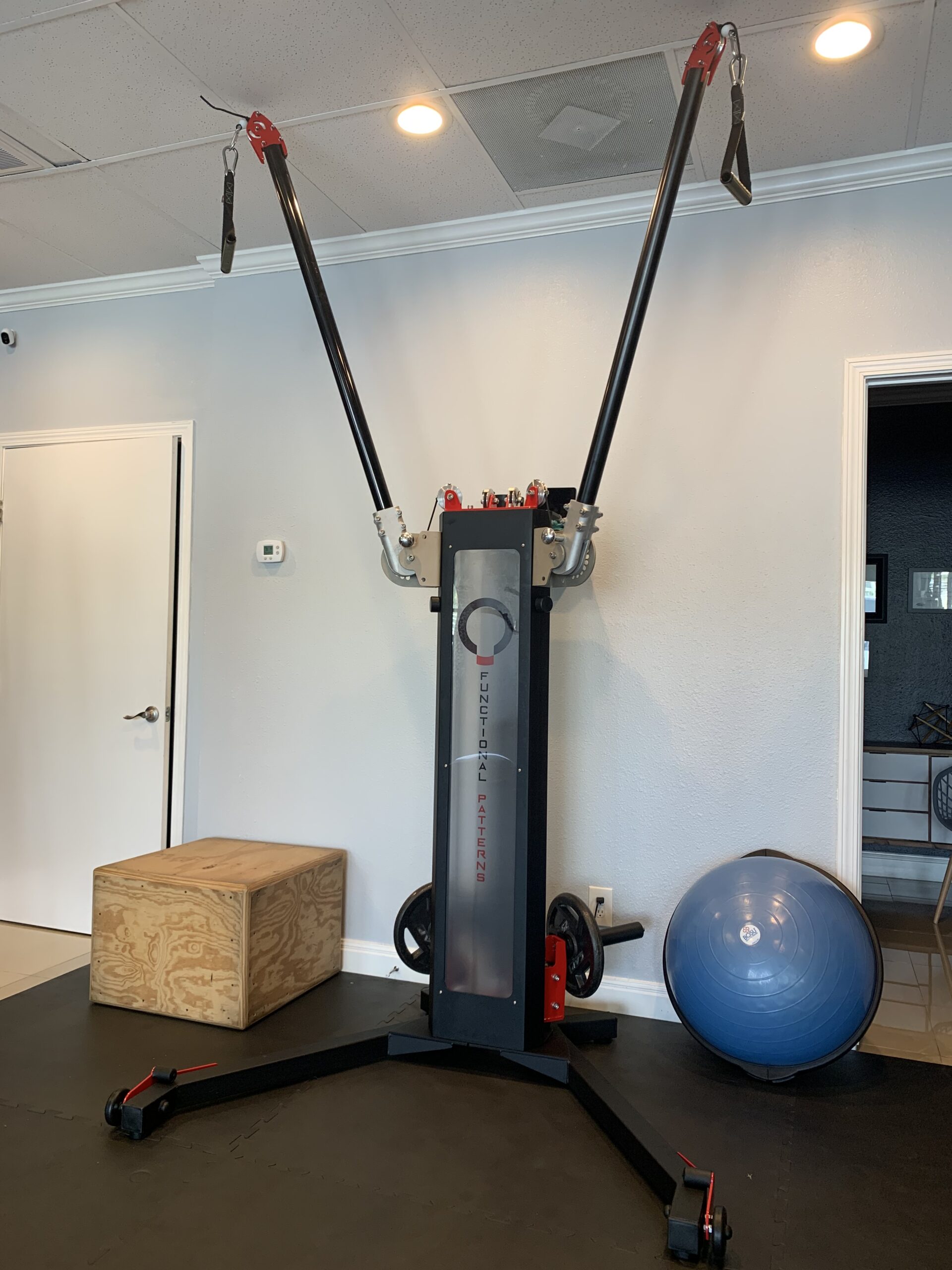What makes our gym different from other gyms? Why do our trainers utilize the Functional Patterns training system? We’ll answer that by looking at the way humans were conditioned through evolution.
Over millions of years the human body evolved to do 4 things with precision, that other animals can’t do. As humans, we stand upright on both legs, we walk and run upright on both legs, and we throw overhead.
These functions were necessary for survival- running from predators, throwing spears to kill prey and feed ourselves, and walking long distances to migrate to better climates, all while standing upright.
As a result of these movements in our early years, our muscles learned to contract a specific way to support these necessary actions and the repetitive contractions shaped our muscles and gave them the tone that we have today.
The reason our trainers learn and teach Functional Patterns is because the foundation of this training system, recognizes and respects these 4 fundamental functions with all of the exercises. It’s a system that was created for humans that reinforces the way the human body evolved to move and exist.
As we train these fundamental functions, our bodies learn to move in line with our ancestral movement patterns. The result is strength on a wide scale because the body is learning to create muscle to support the way it moves everyday- the same way humans have moved everyday for several million years.
We run into trouble when we perform exercises that break the mold that shaped us. Our muscles learn functions that it doesn’t need and forgets functions that supports the way the body naturally moves. This results in aches, pains, and injuries because the body is out of its element and muscles fight through and compensate in ways they didn’t evolve to.
Working out, exercising, training, lifting, whatever you want to call it should NOT cause pain or only make you strong in the gym. It should enhance your natural functions, so other functions come along for the ride, and without all the drama. It’s not normal to wake up with aches every day, live with pain, or chronically work around injuries.
The right kind of training (backed by the 4 fundamental human functions) will provide strength, mobility, and endurance for any scenario. Once your body is functional (by the above standards), that function carries over to activity, performance, and general movement to support your body without fearing pain or risking injury. That is what fitness is.
If you want to be functional and fit for your life apart from the gym, now and in the long run, train with the above in mind. If you need help figuring out what exactly that means, and you want to feel what an exercise feels like when executed correctly, instead of just copying the movement from YouTube or a “fitness” app then contact us today. Call, stop by, or book online to try your first introductory session!






